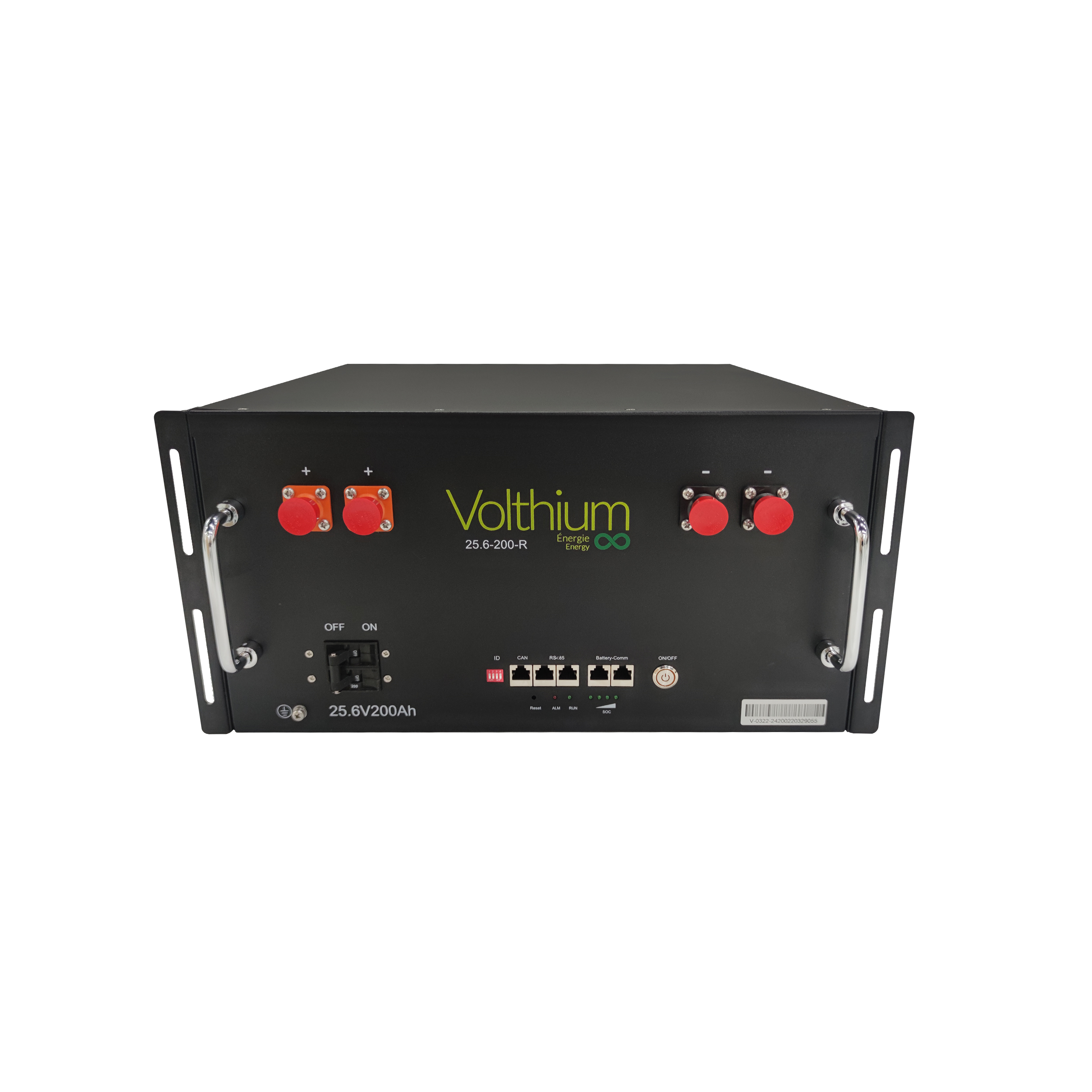Firmware update paths. They should only work with BMS providers that commit to after shipping/sales firmware update capability.
The SOK at least has a large DC rated fuse on each battery with sufficient AIC to interrupt a short circuit; they should all have these, rather than the smaller/cheaper AC rated fuses that are (allegedly) just a shut-off and relying on the current limiting in the BMS. I think this would avoid the need to add Class T fuses (even on large parallel strings).
Communications are a mess. But battery makers can't fix that themselves. Three things, though:
1. Would it at least be possible for them to communicate in a stack to equalize state of charge (ie could a battery that is discharging faster than others sandbag its discharge rate?)
2. They should all have an optional external device made from a Rasberry Pi that makes all the data the BMS has available from a web portal (makes a little WiFi network) and a network API. That at least they could do without coordinating with others for communications standards. Others can then do the rest to tie things together.
3. Finally any software they need for accessing the batteries should run cross platform, not just on hokey windows with DB-9 serial involved. DB-9! (But the external raspberry pi is a better idea




